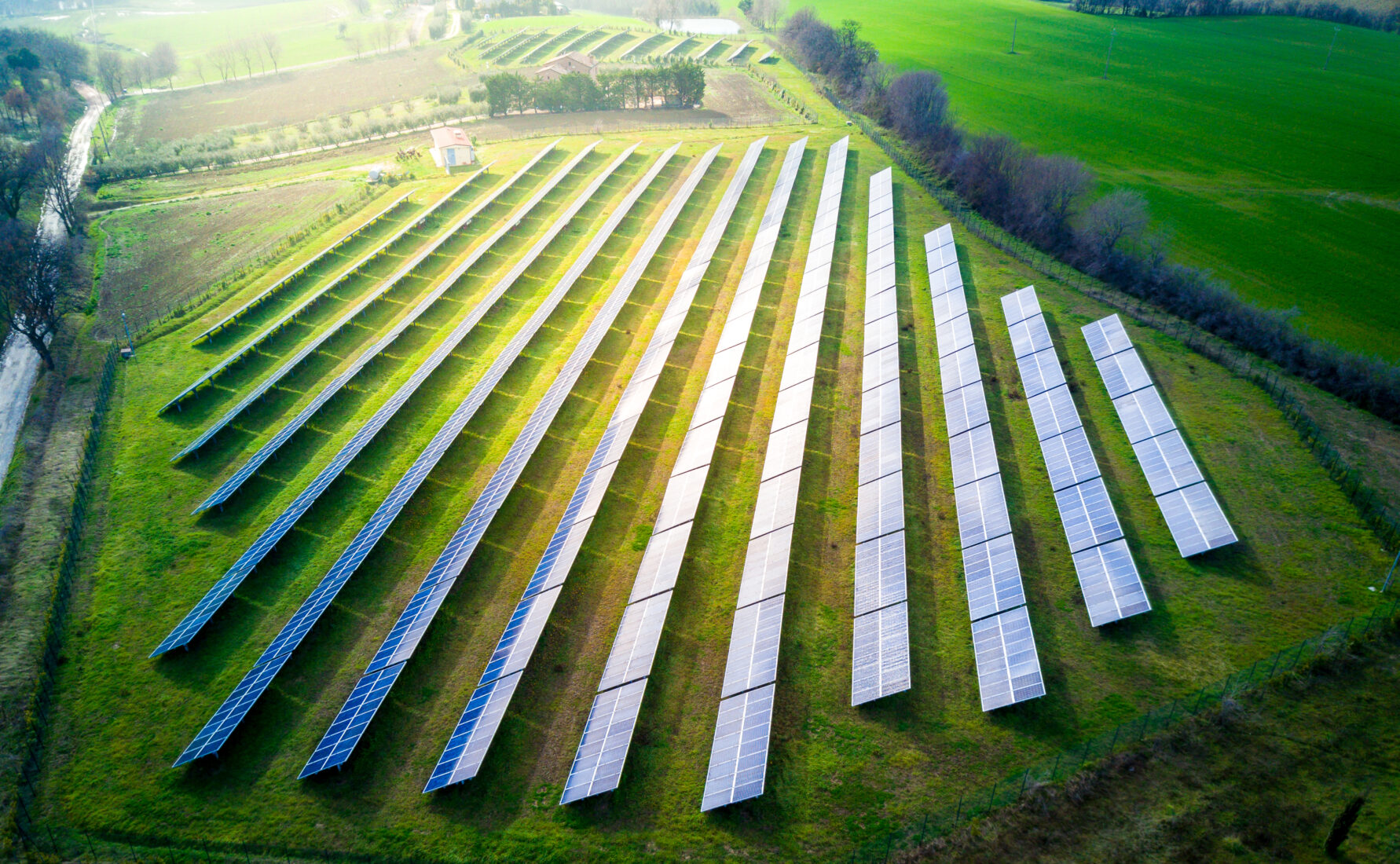The global shift towards renewable energy sources is gaining momentum as communities explore innovative solutions to reduce their carbon footprint and promote sustainability. Community solar, also known as shared solar or solar gardens, has emerged as a viable option for individuals and businesses who want to benefit from solar energy without installing panels on their properties. In this article, we will delve into the concept of community solar and explore how it works, its benefits, and its potential to revolutionize the energy landscape.
- Understanding Community Solar
Community Solar is a system that allows multiple individuals or organizations to jointly invest in a solar energy project. Unlike traditional rooftop solar installations, community solar projects are typically large-scale arrays that generate electricity at a central location. Participants, also known as subscribers, purchase or lease shares of the solar project and receive credits on their utility bills for the electricity generated by their share of the system.
2. Mechanics of Community Solar
The mechanics of community solar involve three key entities: the project developer, the utility company, and the subscribers. The project developer identifies suitable sites, secures permits, installs the solar panels, and maintains the system. The utility company oversees the distribution of electricity and manages the billing process. Subscribers sign up for a share in the community solar project, either by purchasing or leasing a certain number of panels.
Once the community solar project is operational, electricity is generated by the solar panels and fed into the electrical grid. The utility company credits each subscriber’s account based on the amount of electricity generated by their share. These credits appear as deductions on the subscriber’s monthly utility bill, offsetting their electricity consumption from the grid.
3. Benefits of Community Solar
Community solar presents several advantages, making it an attractive option for various stakeholders:
3.1 Accessibility: Community solar eliminates barriers to solar energy adoption for those who cannot install solar panels on their properties due to rental status, shading, or inadequate roof space. It allows renters, homeowners, and businesses to access the benefits of solar energy without the need for individual installations.
3.2 Cost Savings: Subscribers typically enjoy reduced electricity costs through credits received on their utility bills. These credits provide savings compared to traditional utility rates, helping subscribers lower their energy expenses and offsetting their initial investment in the community solar project.
3.3 Environmental Impact: By shifting to solar energy, community solar participants contribute to reducing greenhouse gas emissions, promoting cleaner air, and mitigating climate change. Community solar projects enable communities to collectively make a positive impact on the environment.
3.4 Local Economic Development: Community solar projects often prioritize local job creation and contribute to the growth of the clean energy sector. Installation, maintenance, and operation of solar projects require skilled labor, supporting the local workforce and stimulating economic development.
4. Implementing Community Solar
Implementing a community solar project involves several steps. First, interested parties, such as community organizations or municipalities, identify potential project sites and assess their feasibility. They then secure financing through grants, loans, or partnerships with solar developers. Permitting and interconnection agreements with the utility company follow, ensuring the project complies with local regulations and can connect to the electrical grid.
After securing the necessary approvals, the solar panels are installed, and the project becomes operational. Subscribers are recruited through marketing campaigns and awareness initiatives, informing them about the benefits and encouraging their participation. The utility company establishes the billing and credit mechanisms, ensuring accurate allocation of credits to subscribers.
Community solar is an innovative approach that empower individuals, organizations, and communities to take part in the renewable energy revolution. By leveraging shared solar projects, participants can access clean energy, save on electricity costs, and contribute to a sustainable future. As community solar continues to gain traction, policymakers, utilities, and individuals must work together to facilitate its implementation and maximize its potential impact. By doing so, we can accelerate the transition to a cleaner, more resilient energy system and create a future powered by collective action and renewable resources.






